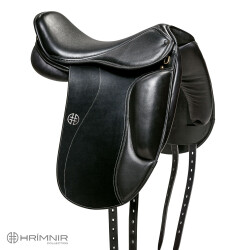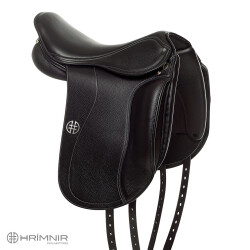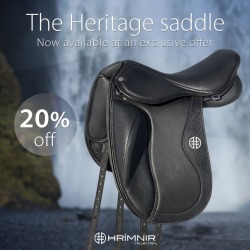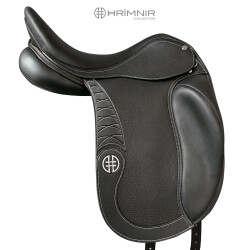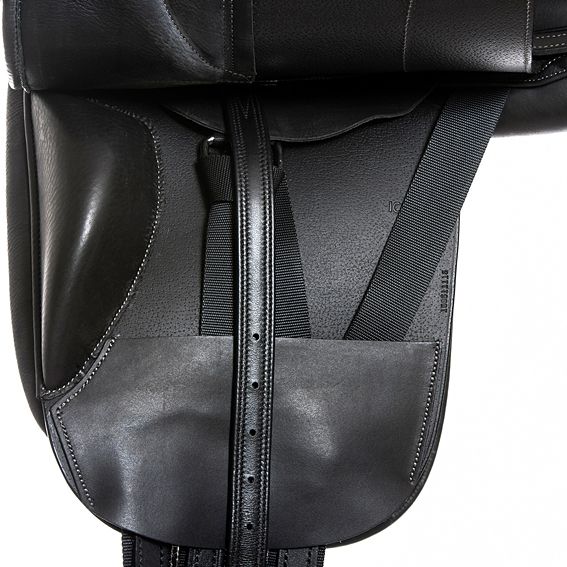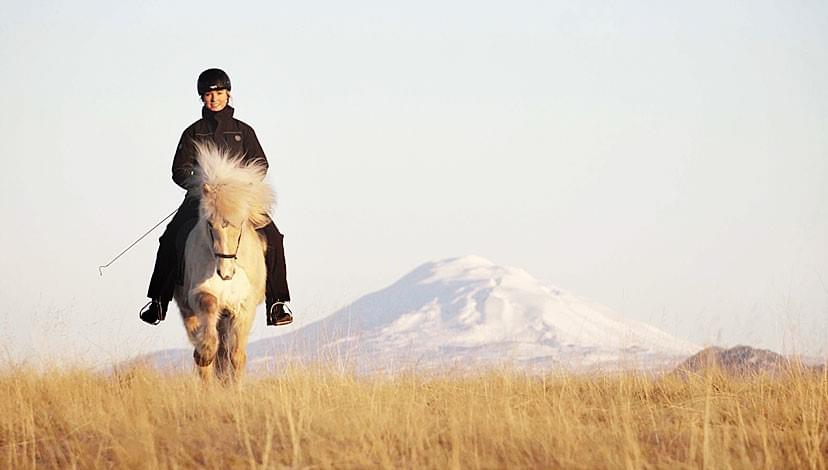Balance, weight distribution, flexibility, and shock absorption are the defining qualities of a well-fitting, high quality saddle design.
A good saddle offers the right balance of strength and flexibility. It allows supple and round movements of the horse’s back, because the saddle moves within itself from front to back and side to side. A good saddle allows natural movement in both horse and rider without losing its stability.
A good saddle enhances the balance of the rider, and it distributes the rider’s weight evenly on the horse’s back. The design of the seat and knee pads is such that it helps the rider sit in balance and relaxed. Good balance is the key to success. The saddle tree and the panels are the most important factors for good balance and weight distribution.
The form and function of our DuPont Flex tree
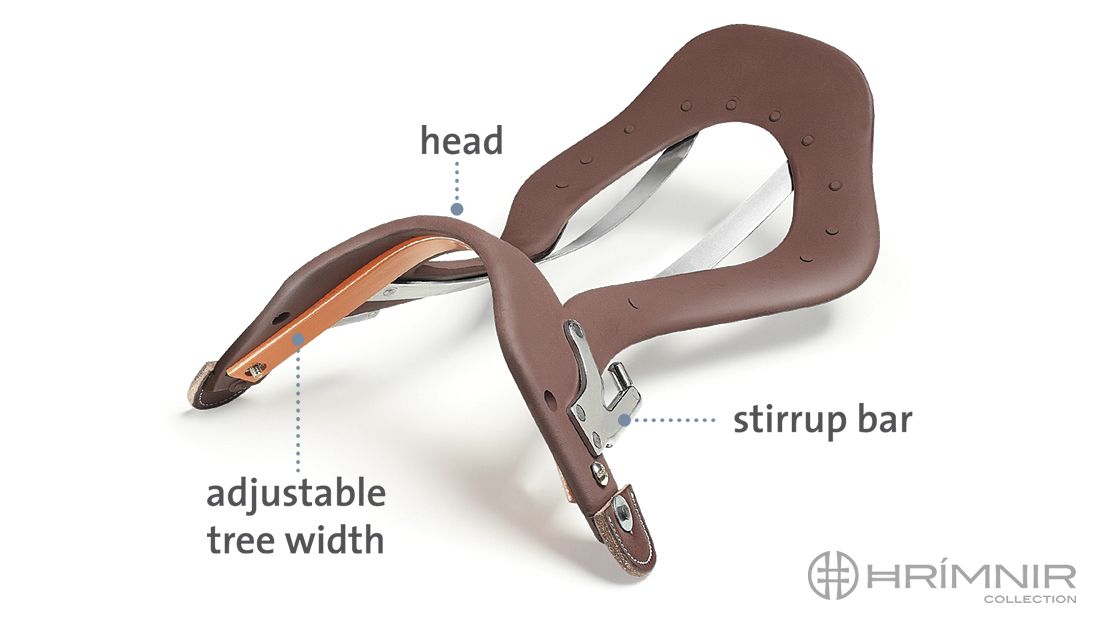
A good saddle tree is designed to position the rider near the center of the saddle for even weight distribution.
It offers flexibility for good performance. The same philosophy applies to horses and saddles: you can have horses with great conformation, but if their movements aren’t flexible and elastic, they don’t perform well.
If the saddle tree (the core of the saddle) is not flexible, the saddle cannot function correctly.
Read more about the DuPont® Flex saddle tree in our saddles.
Different kinds of panels in saddles
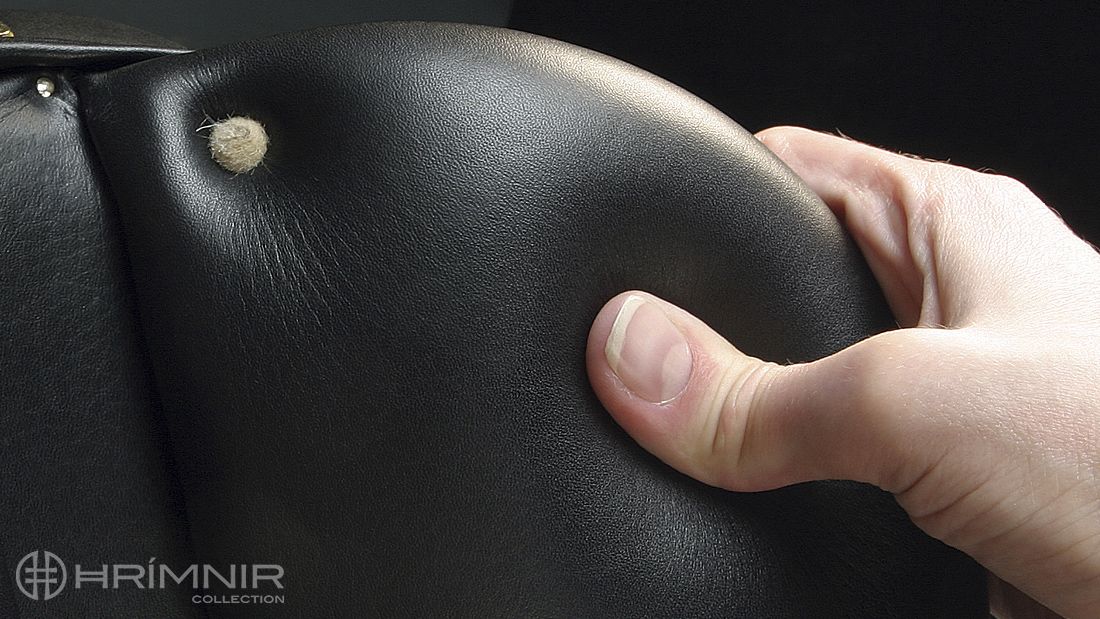
The panels of a good saddle provide a cushion for the horse’s back and distribute weight well and evenly, but retain their shape. Good panels allow very close but soft contact, adjust well to various horses, and are symmetrical. The filling of the panels plays an important role. Read more about the BayFlex® filling and the AMS® synthetic wool panels used in Hrímnir saddles.
Bear in mind that shorter panels offer a smaller area of support, which might be disadvantageous for heavier riders. The panels should always be designed to match the center of the saddle for correct distribution of pressure.





